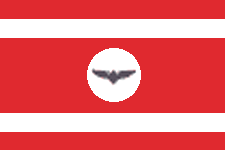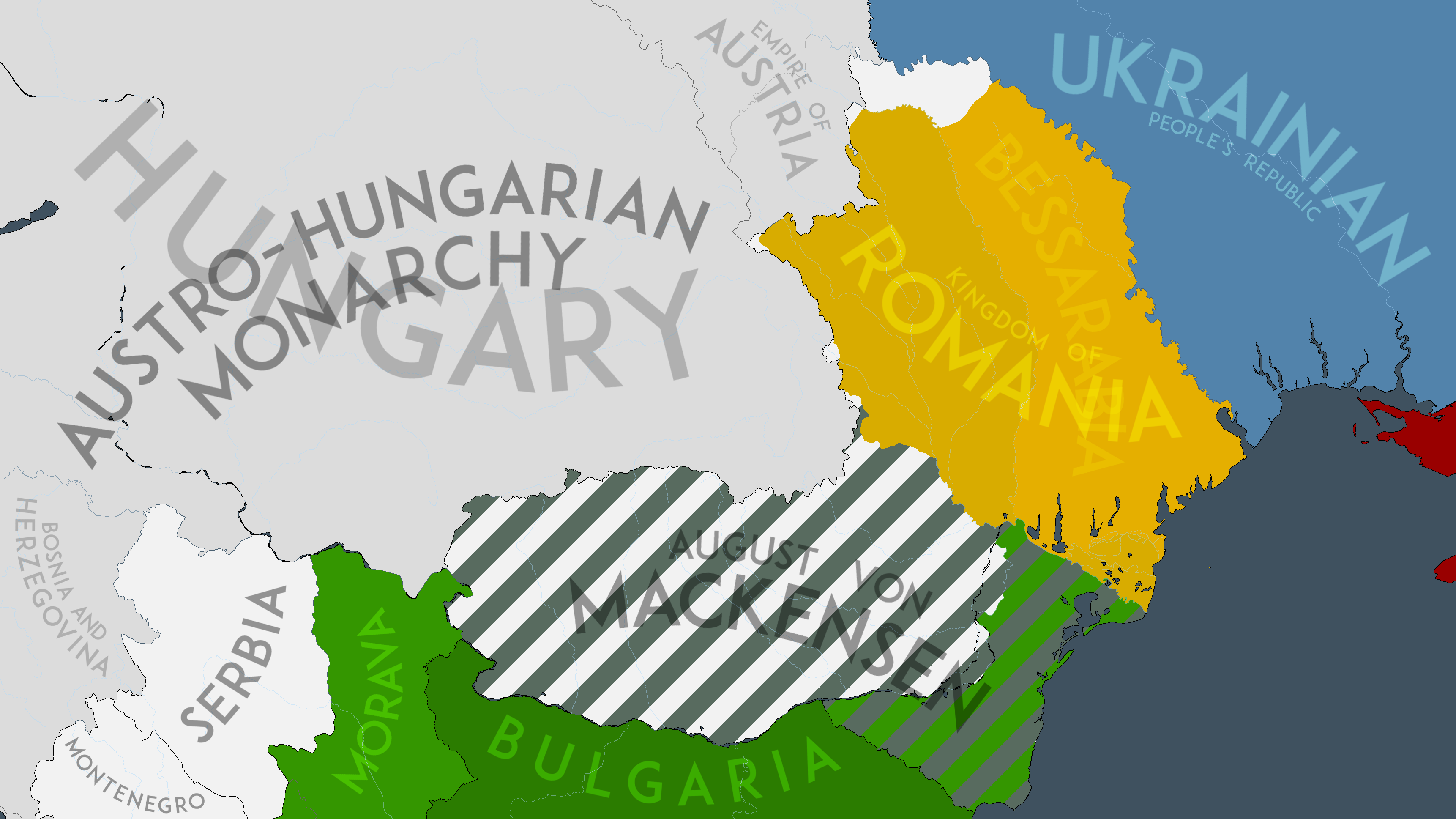|
Ocnița District
Ocnița () is a district () in the north of Moldova, with the administrative center at Ocnița. The other major cities are Otaci and Frunză, Ocnița, Frunză. As of 1 January 2011, its population was 56,100. History The first evidence of a locality in the district comes from 1419, when is attested the city Otaci, called Stânca Vămii. Other historical attestations of district towns down to the period 1422–1431 when the localities are listed first: Hădărăuți, Mihălășeni, Ocnița, Mihălășeni, Lipnic, Naslavcea and others. 20 August 1470, at Lipnic (Lipinți) was famous Battle of Lipnic, the river, where the Moldavian military, led by Stephen the Great, defeated the armies of the Crimean Khanate led by Murtada. After the fight Khan son and his brother Eminec are captured and taken as prisoners. In the following centuries the territory adjacent to the boundary of the district today is the Principality of Moldavia: Grand Duchy of Lithuania later the Polish-Lithuanian Uni ... [...More Info...] [...Related Items...] OR: [Wikipedia] [Google] [Baidu] |
Battle Of Lipnic
The Battle of Lipnic (or Lipnica, or Lipniți) was a battle between the Moldavian forces under Stephen the Great, and the Volga Tatars of the Golden Horde led by Ahmed Khan, and which took place on the August 20, 1470. Battle In the summer of 1470 (other sources give 1469), Mamak ( Ahmed Khan), the Great Khan of the Great Horde, the central principality of the Mongol-Tatar Golden Horde, organized an attack against Moldavia, the Kingdom of Poland, and Lithuania. Stephen and the Polish king Casimir IV Jagiellon were previously informed of the future attack by the Khan of the Crimean Khanate, Meñli I Giray (1466-1515, with intermittence), who was an occasional ally of Stephen the Great, and had a clear stance against the Golden Horde. The hordes unleashed a three-directional attack via Podolia, being conducted by the brother and son of the Khan. They first raided and pillaged the eastern territories of Poland, and as Casimir failed to gather enough forces to attack them, the ... [...More Info...] [...Related Items...] OR: [Wikipedia] [Google] [Baidu] |
Soviet Occupation Of Bessarabia And Northern Bukovina
Between 28 June and 3 July 1940, the Soviet Union occupied Bessarabia and Northern Bukovina, following an ultimatum made to Romania on 26 June 1940 that threatened the use of force. Those regions, with a total area of and a population of 3,776,309 inhabitants, were incorporated into the Soviet Union. On 26 October 1940, six Romanian islands on the Chilia branch of the Danube, with an area of , were also occupied by the Soviet Army. The Soviet Union had planned to accomplish the annexation with a full-scale invasion, but the Romanian government, responding to the Soviet ultimatum delivered on 26 June, agreed to withdraw from the territories to avoid a military conflict. The use of force had been made illegal by the Conventions for the Definition of Aggression in July 1933, but from an international legal standpoint, the new status of the annexed territories was eventually based on a formal agreement through which Romania consented to the retrocession of Bessarabia and cession ... [...More Info...] [...Related Items...] OR: [Wikipedia] [Google] [Baidu] |
Molotov–Ribbentrop Pact
The Molotov–Ribbentrop Pact, officially the Treaty of Non-Aggression between Germany and the Union of Soviet Socialist Republics, and also known as the Hitler–Stalin Pact and the Nazi–Soviet Pact, was a non-aggression pact between Nazi Germany and the Soviet Union, with a secret protocol establishing Soviet and German spheres of influence across Eastern Europe. The pact was signed in Moscow on 24 August 1939 (backdated 23 August 1939) by Soviet Foreign Minister Vyacheslav Molotov and German Foreign Minister Joachim von Ribbentrop. The treaty was the culmination of negotiations around Nazi–Soviet economic relations (1934–1941)#1938–1939 deal discussions, the 1938–1939 deal discussions, after tripartite discussions between the Soviet Union, the United Kingdom and France had broken down. The Soviet-German pact committed both sides to neither aid nor ally itself with an enemy of the other for the following 10 years. Under the Secret Protocol, Second Polish Republic, ... [...More Info...] [...Related Items...] OR: [Wikipedia] [Google] [Baidu] |
Hotin County
Hotin County was a county ( ținut is Middle Ages and Early Modern Period, județ after) in the Principality of Moldavia (14th-18th centuries), the Governorate of Bessarabia (1812–1917), the Moldavian Democratic Republic (1917–1918), and the Kingdom of Romania (1918–1940, 1941–1944). Its capital was in the city of Hotin (today Khotyn). The territory of the county is currently divided between Ukraine (northern half) and Moldova (southern half). Geography Between the two world wars, Hotin County covered 3,782 km2 and was located in the northeastern part of Greater Romania, being the northernmost County of Bessarabia. It was located on the border with the Soviet Union. In the interwar period, its borders were as follows: the Vinnytsia Oblast in the Ukrainian SSR of the Soviet Union to the north and north-east, the Stanislawow Voivodship of Poland to the north-west, Soroca County to the south-east, Bălți County to south, Dorohoi County to the south and south-west ... [...More Info...] [...Related Items...] OR: [Wikipedia] [Google] [Baidu] |
Union Of Bessarabia With Romania
The union of Bessarabia with Romania was proclaimed on by Sfatul Țării, the legislative body of the Moldavian Democratic Republic. This state had the same borders of the region of Bessarabia, which was annexed by the Russian Empire following the Treaty of Bucharest (1812), Treaty of Bucharest of 1812 and organized first as an ''Oblast'' (autonomous until 1828) and later as a Bessarabia Governorate, Governorate. Under Russian rule, many of the native Tatars were expelled from parts of Bessarabia and replaced with Moldavians, Wallachians, Bulgarians, Ukrainians, Greeks, Russians, Lipovans, Cossacks, Gagauzes and other peoples, although colonization was not limited to formerly Tatar-inhabited lands. Russia also tried to integrate the region by imposing the Russian language in administration and restricting education in other languages, notably by later banning the use of Romanian in schools and print. The beginning of World War I saw an increase in national awareness among the Bes ... [...More Info...] [...Related Items...] OR: [Wikipedia] [Google] [Baidu] |
Treaty Of Bucharest (1812)
The Treaty of Bucharest between the Ottoman Empire and the Russian Empire, was signed on 28 May 1812, in Manuc's Inn in Bucharest, and ratified on 5 July 1812, at the end of the Russo-Turkish War of 1806–1812. The Ottomans had done poorly in the war. The Sublime Porte above all wanted to stay out of the impending conflict between Napoleon's France and Russia. The Russians did not want a war on two fronts, thus they made peace in order to be free for the upcoming war with France. The Ottomans had extricated themselves from a potentially disastrous war with a slight loss of territory. This treaty became the basis for future Russo-Ottoman relations. Background Russo-Turkish war of 1806 The war was fought between the Russian Empire and Ottoman Empire beginning in 1806. It happened at the same time as the Napoleonic Wars had been pushing across Europe. Sultan Selim III of the Ottoman empire was encouraged by the French Empire to remove multiple lords from their land in Wallachia ... [...More Info...] [...Related Items...] OR: [Wikipedia] [Google] [Baidu] |
Bessarabia
Bessarabia () is a historical region in Eastern Europe, bounded by the Dniester river on the east and the Prut river on the west. About two thirds of Bessarabia lies within modern-day Moldova, with the Budjak region covering the southern coastal region and part of the Ukrainian Chernivtsi Oblast covering a small area in the north. In the late 14th century, the newly established Principality of Moldavia encompassed what later became known as Bessarabia. Afterward, this territory was directly or indirectly, partly or wholly controlled by: the Ottoman Empire (as suzerain of Moldavia, with direct rule only in Budjak and Khotyn), the Russian Empire, Romania, the USSR. In the aftermath of the Russo-Turkish War (1806–1812), and the ensuing Treaty of Bucharest (1812), Peace of Bucharest, the eastern parts of the Moldavia, Principality of Moldavia, an Ottoman Empire, Ottoman vassal state, vassal, along with some areas formerly under direct Ottoman rule, were ceded to Imperial Russ ... [...More Info...] [...Related Items...] OR: [Wikipedia] [Google] [Baidu] |
Russian Empire
The Russian Empire was an empire that spanned most of northern Eurasia from its establishment in November 1721 until the proclamation of the Russian Republic in September 1917. At its height in the late 19th century, it covered about , roughly one-sixth of the world's landmass, making it the list of largest empires, third-largest empire in history, behind only the British Empire, British and Mongol Empire, Mongol empires. It also Russian colonization of North America, colonized Alaska between 1799 and 1867. The empire's 1897 census, the only one it conducted, found a population of 125.6 million with considerable ethnic, linguistic, religious, and socioeconomic diversity. From the 10th to 17th centuries, the Russians had been ruled by a noble class known as the boyars, above whom was the tsar, an absolute monarch. The groundwork of the Russian Empire was laid by Ivan III (), who greatly expanded his domain, established a centralized Russian national state, and secured inde ... [...More Info...] [...Related Items...] OR: [Wikipedia] [Google] [Baidu] |
Grand Duchy Of Lithuania
The Grand Duchy of Lithuania was a sovereign state in northeastern Europe that existed from the 13th century, succeeding the Kingdom of Lithuania, to the late 18th century, when the territory was suppressed during the 1795 Partitions of Poland, partitions of Poland–Lithuania. The state was founded by Lithuanians (tribe), Lithuanians, who were at the time a Lithuanian mythology, polytheistic nation of several united Baltic tribes from Aukštaitija. By 1440 the grand duchy had become the largest European state, controlling an area from the Baltic Sea in the north to the Black Sea in the south. The grand duchy expanded to include large portions of the former Kievan Rus' and other neighbouring states, including what is now Belarus, Lithuania, most of Ukraine as well as parts of Latvia, Moldova, Poland and Russia. At its greatest extent, in the 15th century, it was the largest state in Europe. It was a multinational state, multi-ethnic and multiconfessionalism, multiconfessional sta ... [...More Info...] [...Related Items...] OR: [Wikipedia] [Google] [Baidu] |
Principality Of Moldavia
Moldavia (, or ; in Romanian Cyrillic: or ) is a historical region and former principality in Eastern Europe, corresponding to the territory between the Eastern Carpathians and the Dniester River. An initially independent and later autonomous state, it existed from the 14th century to 1859, when it united with Wallachia () as the basis of the modern Romanian state; at various times, Moldavia included the regions of Bessarabia (with the Budjak), all of Bukovina and Hertsa. The region of Pokuttya was also part of it for a period of time. The western half of Moldavia is now part of Romania, the eastern side belongs to the Republic of Moldova, and the northern and southeastern parts are territories of Ukraine. Name and etymology The original and short-lived reference to the region was ''Bogdania'', after Bogdan I, the founding figure of the principality. The names ''Moldavia'' and ''Moldova'' are derived from the name of the Moldova River; however, the etymolo ... [...More Info...] [...Related Items...] OR: [Wikipedia] [Google] [Baidu] |




